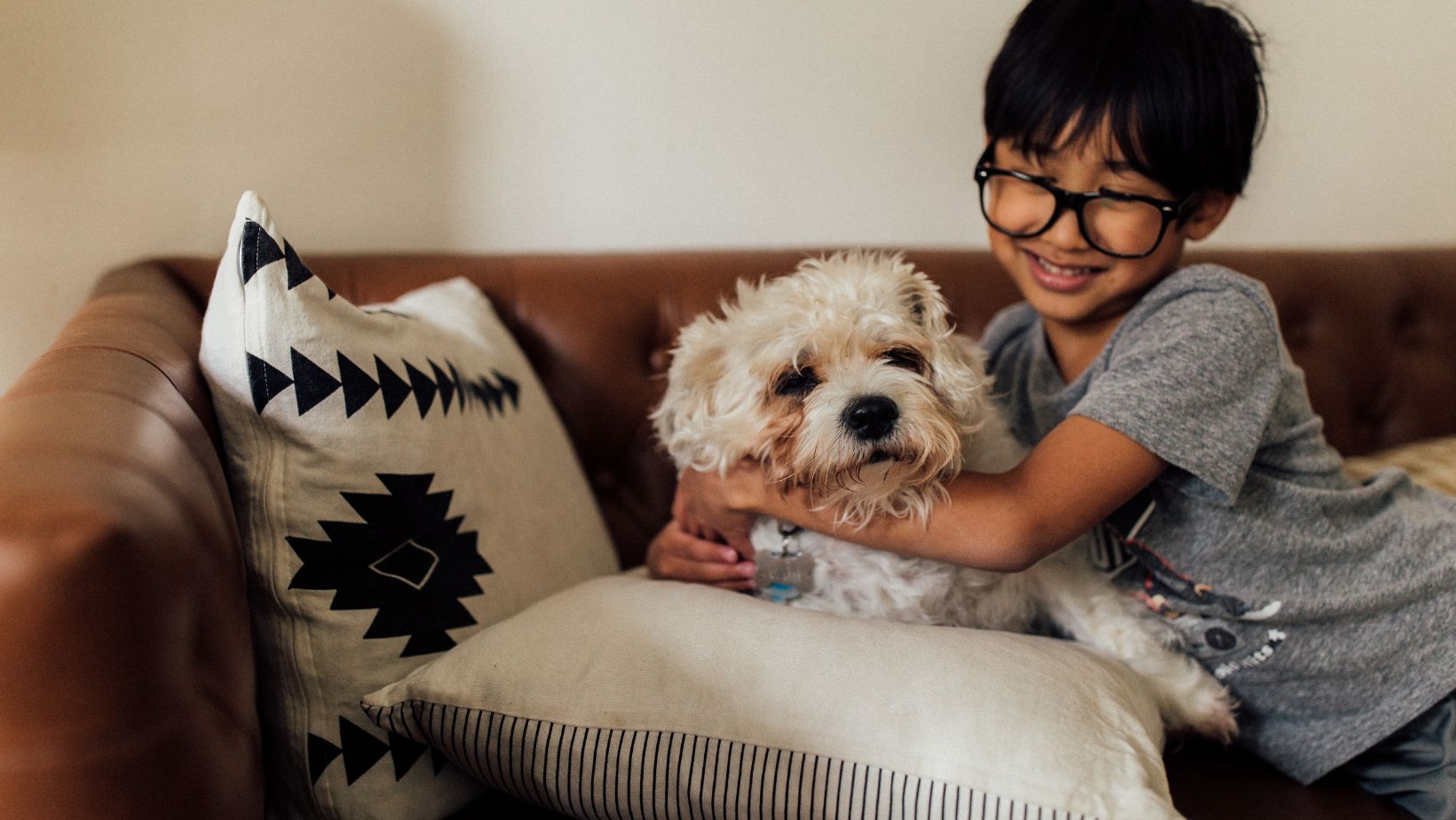
Adopting a pet for your child can be an enriching experience for everyone involved. Pet ownership is a rewarding experience for children. It can teach them responsibility, dependability, and affection.
Even though these creatures can be fun to play with and are exceptional cuddling partners, they can also be aggressive and dangerous to your kids and other family members.
According to Daily Tails, an online product recommendation service for pets, not all pets are adoptable. Pets adoption is a decision that requires careful deliberation, and there is a perfect pet for individual families.
If you are considering getting a pet for your child, this article will guide you on how to go about it and mistakes to avoid.
How to Choose the Right Pet for Your Child
When choosing a pet for your family, ensuring everyone is on board is essential. Everyone should be willing to help care for the pet, as this is a big responsibility.
Child’s Developmental Stage
Pets require care and proper handling. Ensure your kid is developmentally ready to handle a pet before adopting one. Most children should be able to cope with a pet when they are at least 4.
Also, different pets are suitable for various children, depending on their ages.
Pet’s Age and Lifespan
As much as nurturing a pet from a younger age can be a rewarding experience, sometimes it is not the best option for your kids. Young pets may be aggressive, requiring more training to efficiently co-habit with humans.
An old furry friend might be a better option in such a case. However, avoid old pets raised in a home or environment without a child.

Another thing to consider is the lifespan of the pet. Children can form strong emotional bonds with their pets, so it’s important to consider your child’s attachment when choosing a pet. Also, if you choose a pet with a long lifespan, be aware that you may be the primary caregiver once your child moves out.
Allergies
Some pets shed dander (skin cells, hairs, and feathers), which can trigger allergies in some children.
If your child has allergies or your family has a history of allergies, it may be best to avoid getting a pet. Talk to your pediatrician or veterinarian for more advice.
Probable Diseases
Animal diseases can be transmitted to humans. Reptile pets, for instance, may carry salmonella bacteria that can cause severe diarrhea.
Seek specialist advice on preventing this to safeguard your family against such diseases. For instance, hand washing after playing with a pet and before eating may help.
Care
When choosing a pet, consider breeds that require minimal care that your child can effectively handle.
Do not adopt a pet they do not like. That is why it is recommended you have a thorough discussion with them before proceeding.
Research-Based Benefits of Pets for Kids
We all know that kids love playing with pets, but do you know growing around animals has its benefits? Below are some scientifically researched benefits of pets for kids;
Emotional Regulation
Children are new to emotions. Learning to understand and express their feelings healthily takes time and practice.
Generally, there are two systems of emotional regulation for humans: co-regulation and self-regulation.
A study that examined the association between pet ownership in toddlerhood and emotional expression in later childhood found that owning a pet may help children learn to control their emotions and reduce the risk of poor emotional expression.
Pet ownership in toddlerhood was also observed to contribute to the development of expression.
Improved Mental Health
Like any other age group, children are vulnerable to mental health problems. It is estimated that 1 in 7 kids aged 10-19 experience mental health conditions. 3.6 percent of children between the ages of 10 and 14 years and 4.6 percent of 15-19 experience anxiety disorder.
Depression is another common mental health problem among adolescents, affecting about 1.1% of 10-14 year olds and 2.8% of 15-19 year olds. Depression and anxiety share some symptoms, such as rapid and unexpected mood changes.

Meanwhile, a research report has indicated that children with pet dogs are less likely to have anxiety.
A review of scientific works also showed that dogs and horses can help reduce feelings of depression and anxiety.
Better Communication Skills
Proper communication skills is an essential life skill for humans. Children, while developing their communication skills, require active listening. It helps them feel heard and understood.
Thinking, interacting, playing, and caregiving all enhance language and communication skills.
Children often talk to their pets; this has been observed to help enhance language and communication skills. Teaching a pet trick and positive behavior is an excellent way for children to practice clear, accurate, and meaningful communication skills.
Offers Life Lessons
Caring for pets and growing up around them offers children many life lessons. For instance, the pet may get sick. Your child will learn how to handle and care for them during this time.
They are also likely to witness and learn other life lessons such as reproduction, birth, accidents, and death.
Reduced Mortality
Dogs can boost your longevity. A thorough analysis of studies published over the past 70 years revealed that dog owners were less likely to die.
Evidence suggests that dog owners have lower blood pressure and better stress responses. Studies have shown that the human-dog bond reduces stress, a leading cause of heart disease.
What are the Best Pets for Kids Based on Their Age?
Kids’ age plays a vital role in deciding the suitable pets for them. Below are some of the best pets for kids you may consider:
Kids ages 4-7
- Parakeet (also called budgies)
- Crested Gecko
Kids ages 8-11
- Rats
- Guinea pigs
- Birds: Canaries and finches
- Fishes
- Brine shrimp (also called sea monkeys)
Kids ages 12-15
- Rabbits
- Cats
- Greek tortoises
- Dogs
- Bearded dragons
- Corn snakes
Irrespective of their age, ensure your kid understands the responsibility before adopting a pet. You may visit a friend or family member with a pet so your kid can see firsthand the kind of care pets require.























